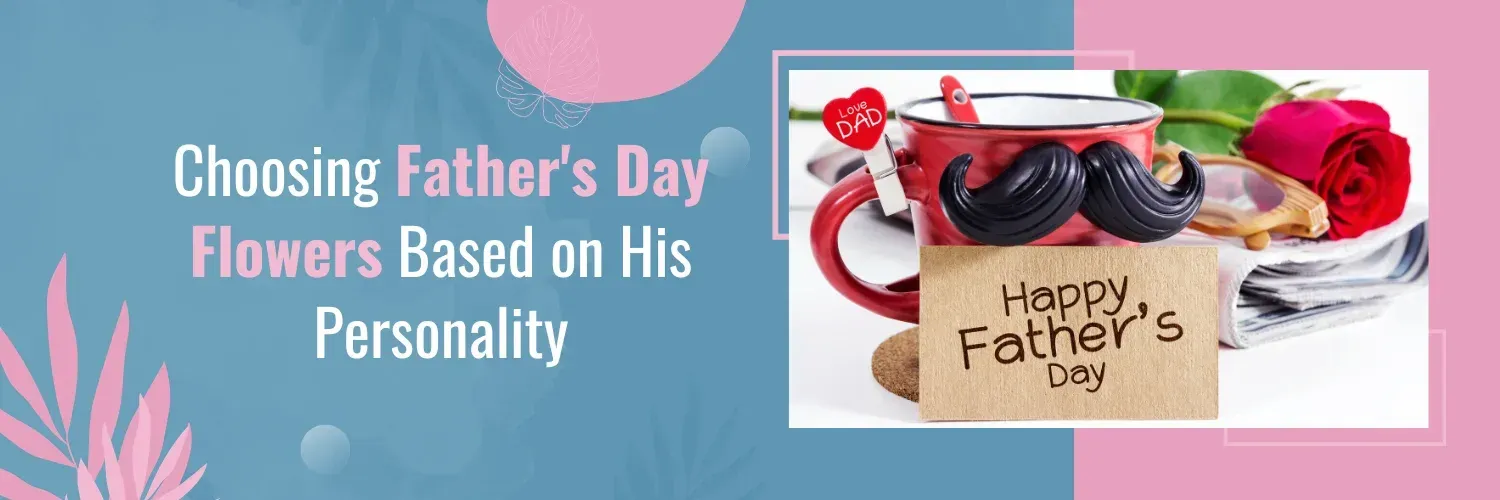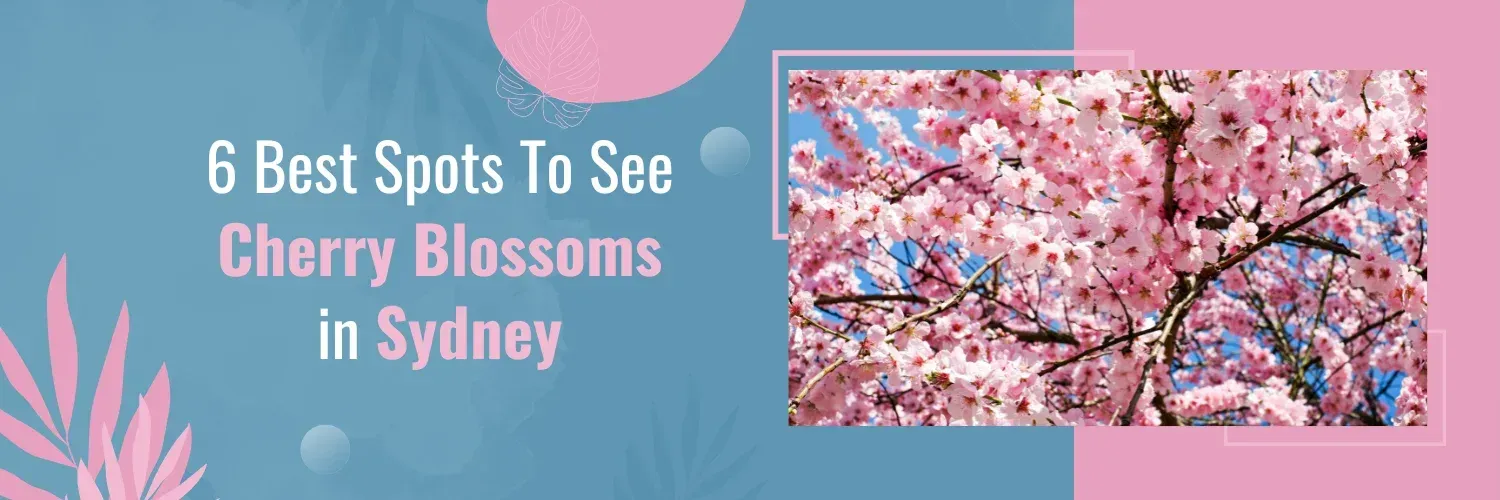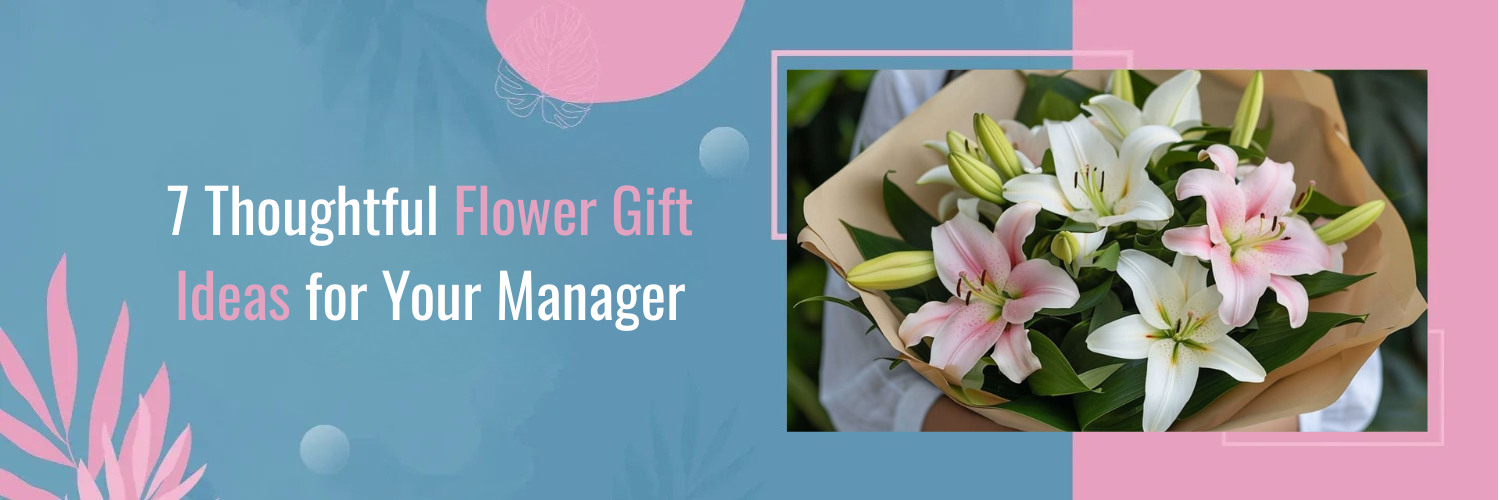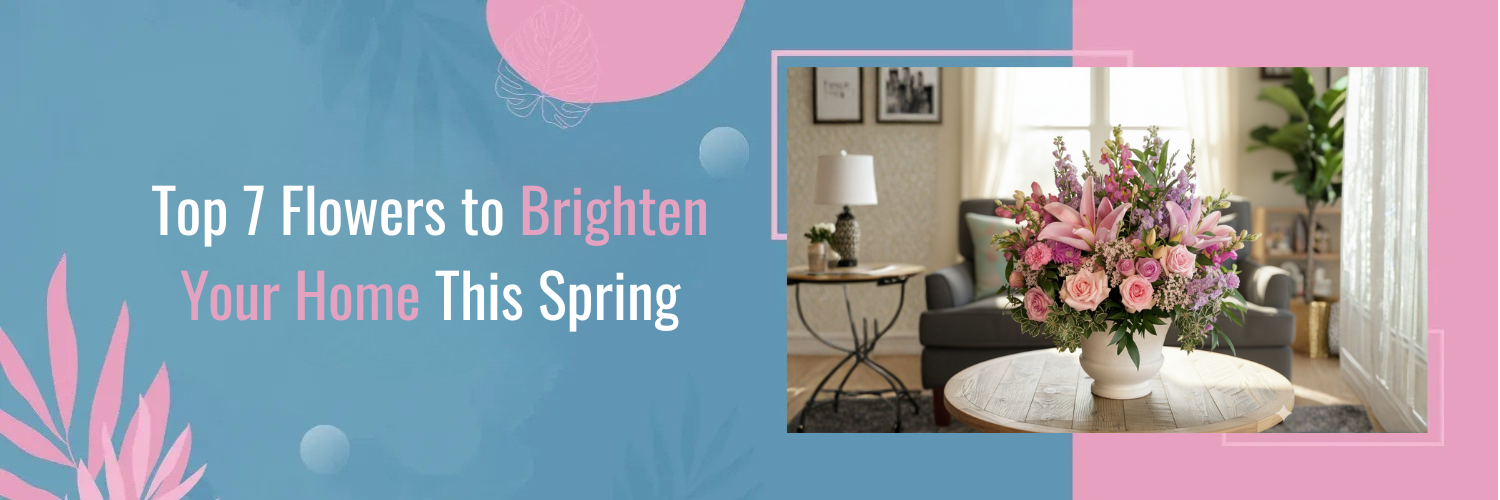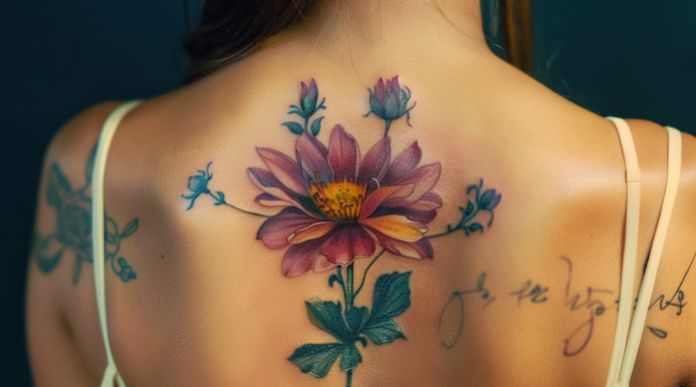What are Native Flowers?
Native flowers are basically plants that grow naturally in certain areas without human intervention. These flowers have adapted to the local climate, soil conditions, and other environmental factors over time. In the context of Australia, native flowers refer to the diverse range of flowering plants that are indigenous to the continent and its surrounding islands.
7 Popular Native Flowers in Australia

1. Waratah
The Waratah (Telopea speciosissima) is a majestic flower with deep crimson petals and dark green leaves. It’s also a symbol of New South Wales and has deep roots in indigenous traditions. There are a few types of Waratah, like the Telopea speciosissima and Telopea truncata, each showcase different characteristics. But no matter which one you pick, they all like well-drained soil and a bit of care when it comes to watering. Adding Waratah to your garden not only makes it look amazing but also connects you to Australia’s natural beauty and culture.
2. Kangaroo Paw (Anigozanthos)

Kangaroo Paw is a special plant native to the southwest of Australia, known for its flowers shaped like a kangaroo’s paw. This unique flower symbolizes individuality and uniqueness, just like Australia’s diverse wildlife. Kangaroo Paws love sunny spots with well-drained soil, making them perfect for warm and dry climates. And besides being beautiful, they were traditionally used by indigenous Australians for soothing skin issues and treating wounds because of their fuzzy texture.
3. Grevillea (Grevillea Robusta)

Grevillea is known for its unique flowers, often resembling toothbrushes or spider legs. They symbolize resilience and adaptability, reflecting the plant’s ability to thrive in diverse environments across Australia. Grevilleas grow best in sunny locations with well-drained soil, making them ideal for gardens, parks, and natural landscapes. Apart from their ornamental value, Grevilleas have practical uses as well. The wood of some Grevillea species is valued for its strength and durability, making it suitable for crafting furniture and other wooden items.
4. Banksia (Banksia spp.)

Banksia has unique flower spikes and woody seed pods. The flower of Banksia is cone-shaped and comes in various colors, attracting birds and insects for pollination. Symbolizing strength and resilience, the Banksia flower reflects the plant’s ability to thrive in Australia’s diverse environments. Banksias grow best in sandy soils and sunny locations, making them well-suited to coastal areas and heathlands. Apart from their ornamental value, Banksias have practical uses too. The dried seed pods of Banksia emit a pleasant aroma when burned, making them popular for creating fragrant candles and potpourri. The scent of burning Banksia pods is often described as warm, woody, and slightly sweet, adding a cozy ambiance to any space.
5. Golden Wattle (Acacia Pycnantha)

Wattle, or Acacia, is Australia’s national floral emblem, representing resilience and endurance. It has bright, fluffy flowers that come in all shades of yellow. Wattle grows best in sunny spots with well-drained soil, so you’ll often find it in woodlands, rainforests, deserts, and along roadsides. Wattle flowers also have a lovely aroma! When you burn Wattle wood, it gives off a sweet, honey-like scent that’s perfect for making your home smell amazing.
6. Bottlebrush (Callistemon spp.)

Bottlebrush is a unique plant with eye-catching flowers that look just like, well, bottle brushes! These blooms come in vibrant colors like red, pink, or yellow and attract birds and bees alike. They’re like a symbol of abundance, showing how nature’s full of goodness. Bottlebrushes like sunny spots with good drainage, so you’ll often spot them in gardens, parks, and by the roadside. Aboriginal Australians used Bottlebrush for medicine too, especially for tummy troubles like diarrhea, because it’s got some good stuff in it that helps calm things down.
7. Flannel Flower (Actinotus spp.)

Flannel Flower (Actinotus spp.) has delicate, velvety petals that give it a soft, cozy feel. They symbolize mental health and well-being, reminding us to take care of our inner selves. Flannel Flowers grow best in sunny spots with well-drained soil, making them perfect for gardens and coastal areas. Indigenous Australians have long used Flannel Flower for its medicinal properties, especially for skin care and anti-aging treatments, thanks to its nourishing and rejuvenating effects on the skin.
Where to Find Australian Native Flowers
For those eager to immerse themselves in Australia’s botanical wonders, there are countless national parks and botanical gardens to explore.
Royal Botanic Gardens

This iconic botanical garden is not just a place of beauty but also holds a significant place in Australia’s cultural and scientific heritage. The “Royal” in its name comes from its designation as a Royal Botanic Garden, a prestigious title bestowed by the King George V of England in recognition of its excellence in botanical research and conservation efforts. The Royal Botanic Gardens Melbourne is important for its role in preserving and showcasing the diversity of plant life, both native and exotic, to the public. With over 8,500 plant species from around the world, including a vast collection of Australian native flora, the gardens serve as a living museum and research center, offering visitors a unique opportunity to connect with nature and learn about the importance of plant conservation.
Ku-ring-gai Chase National Park

Ku-ring-gai Chase National Park, just outside the city, is a magical place full of wildflowers. This special park has lots of different habitats, so it’s home to many native plants. In spring, the park comes alive with a stunning display of colorful flowers covering the ground. Be sure to pack comfortable walking shoes, plenty of water, and a camera to capture the stunning scenery and memorable moments.
Blue Mountains National Park
Just a short drive from Sydney, the Blue Mountains National Park is a treasure trove of natural wonders and native flora. Spanning over one million hectares, this UNESCO World Heritage-listed park boasts rugged sandstone cliffs, lush rainforests, and cascading waterfalls. Visitors can explore a network of hiking trails that wind through the park, offering opportunities to spot native flowers such as the iconic Waratah and Flannel Flower amidst the stunning scenery.
Why Plant Australian Natives?
Planting Australian native flowers in your garden isn’t just about adding beauty—it’s about supporting local ecosystems and promoting biodiversity. These blooms are well adapted to Australia’s harsh climate, requiring less water and maintenance than exotic species. Plus, they attract native pollinators like bees and butterflies, helping to sustain local wildlife populations.
How to Care for Native Australian Flowers
Caring for native Australian flowers is relatively straightforward, but it’s essential to understand their unique needs. Most native species prefer well-drained soil and plenty of sunlight, but specific requirements can vary depending on the plant. Be sure to research the needs of individual species before planting, and avoid overwatering, as many native flowers are drought-tolerant.
Tips for Gardening with Native Flowers

For those keen on embracing Australia’s floral heritage in their gardens, it’s essential to understand the soil type and its compatibility with native plants. A seasonal planting guide can optimize growth cycles, ensuring vibrant blooms throughout the year. And while these plants are generally low-maintenance
, understanding their specific care requirements can enhance their longevity and health.
Choose Bourkes Florist for your Floral Needs
If you’re looking to add a touch of native beauty to your home or send a thoughtful gift to someone special, look no further than Bourkes Florist. Our stunning collection of native flower arrangements captures the essence of Australia’s unique flora, bringing a burst of color and charm to any space. Visit our shop today.
FAQs
Q: What are the best seasons to plant native flowers?
Spring and early autumn are generally the best seasons, though specific times might vary based on the region and flower species.
Q: Are there native flowers suitable for indoor cultivation?
Yes, flowers like the Kangaroo Paw and certain orchids adapt well to indoor environments when provided with adequate light and care.
Q: How do native flowers compare in terms of maintenance to non-native species?
Generally, native flowers are lower in maintenance since they’re adapted to local conditions. However, the specific care might vary based on the species and environment.
Q: What Australian native flowers bloom all year?
While many Australian native flowers have specific blooming seasons, a few species are known to bloom year-round under the right conditions. Some examples include the Kangaroo Paw (Anigozanthos spp.), Grevillea (Grevillea spp.), and Bottlebrush (Callistemon spp.). These resilient plants can provide continuous blooms and add color to your garden throughout the year.
